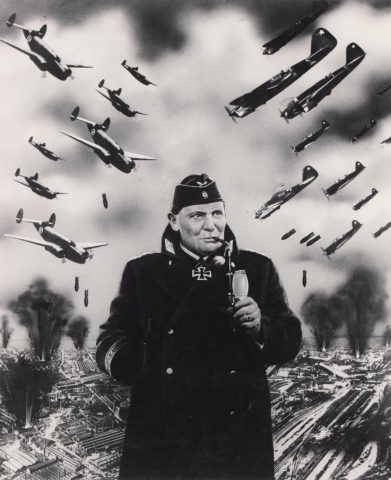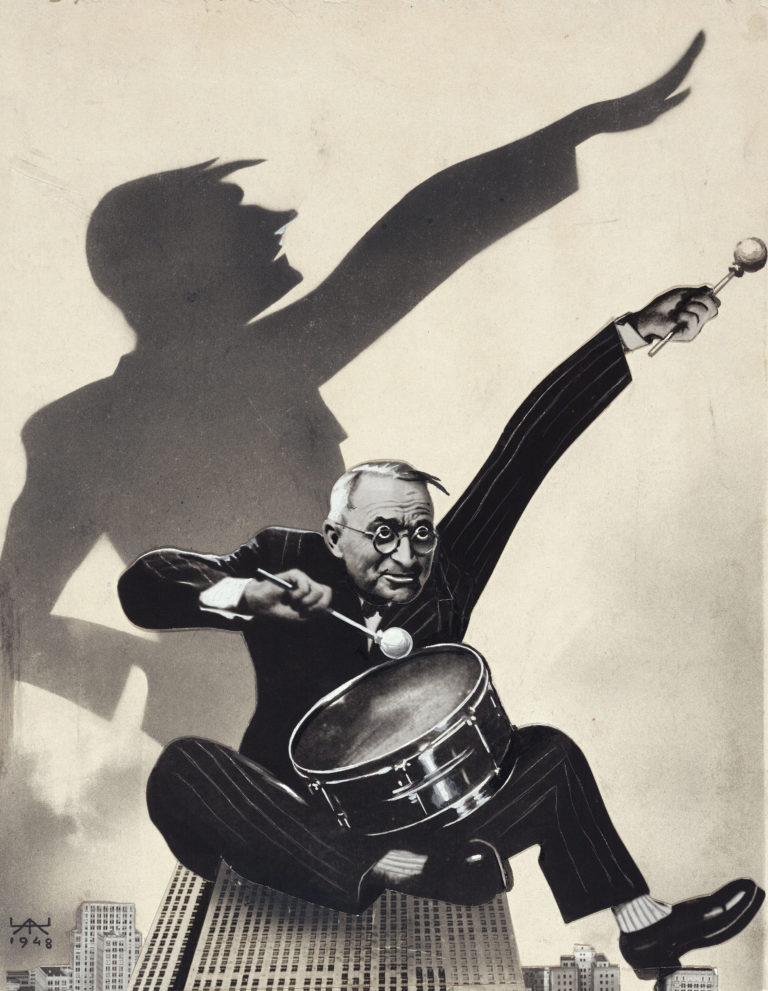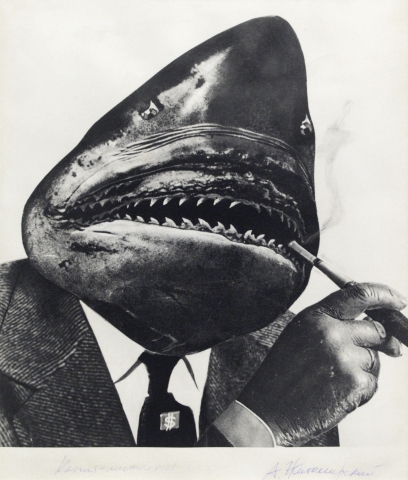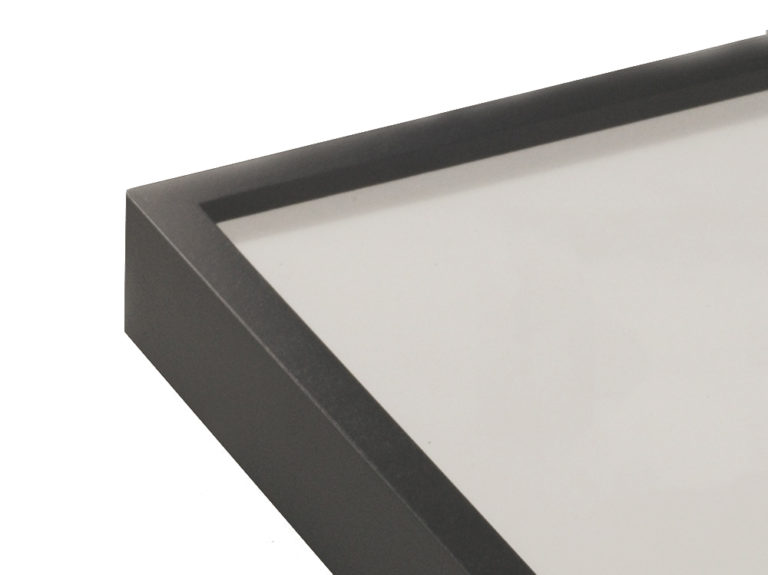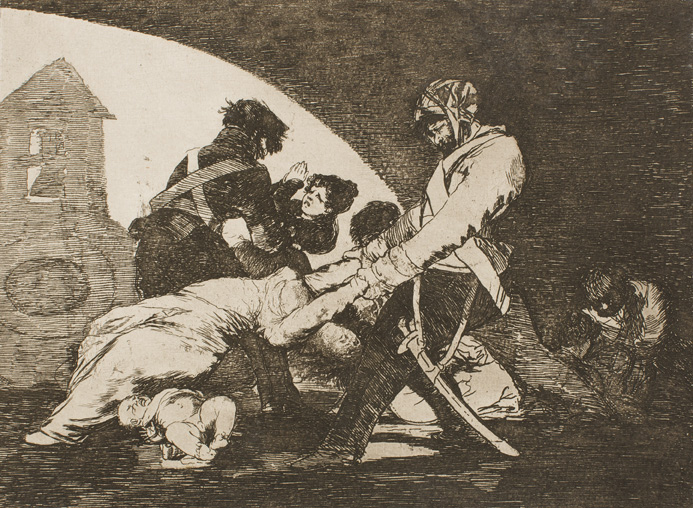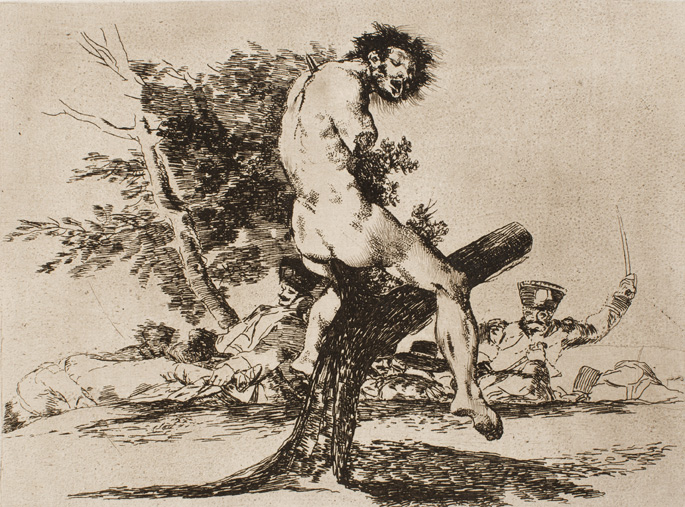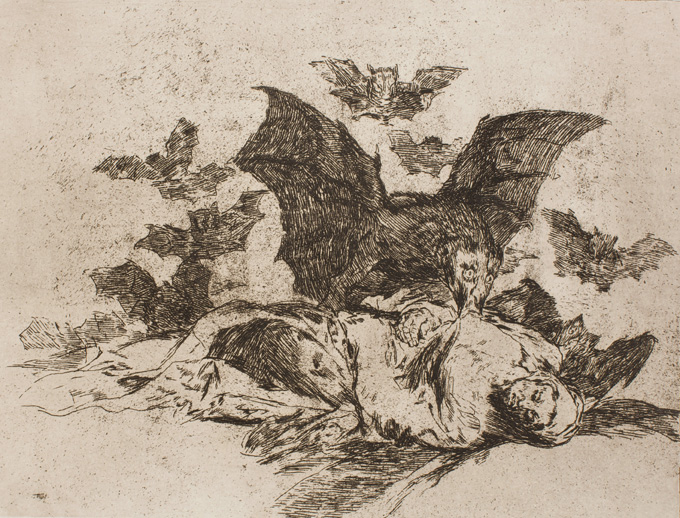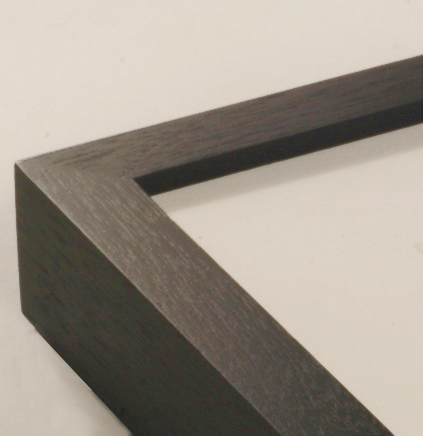Rineke Dijkstra: Rehearsals and The Lives of Other: Portraits from the Photography Collection at Milwaukee Art Museum
Over the past 30 years, Dijkstra has produced a sensitive and eloquent body of photographic and video work. In her large-scale photographs and video installations, she is particularly interested in moments of transition, especially adolescence, a time when individuals build their own identities and begin to present themselves in the way they wish to be perceived. Known for her acclaimed photographs of bathers—adolescents Dijkstra met on beaches from Poland to South Carolina—her subjects range from teenagers to mothers who have just given birth, bull fighters fresh from the ring and military recruits. In contrast to her earlier videos of visitors and dancers in nightclubs.
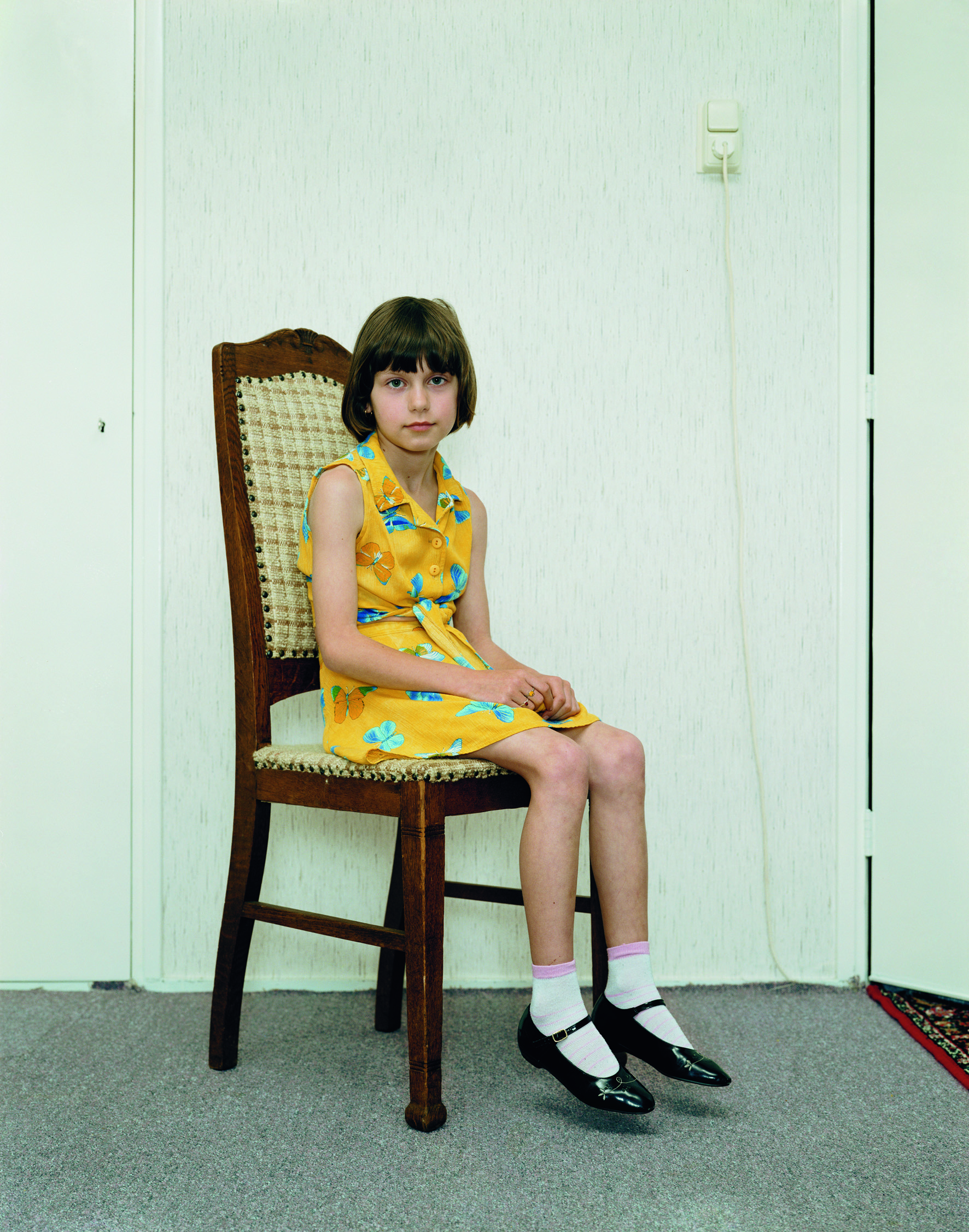
Rineke Dijkstra, Almerisa, Wormer, The Netherlands, June 23, 1996
Chromogenic print; framed: 50 1/4 x 42 1/2 in. Milwaukee Art Museum, purchase, Christine A. Symchych and James P. McNulty Acquisition Fund. Copyright Rineke Dijkstra.
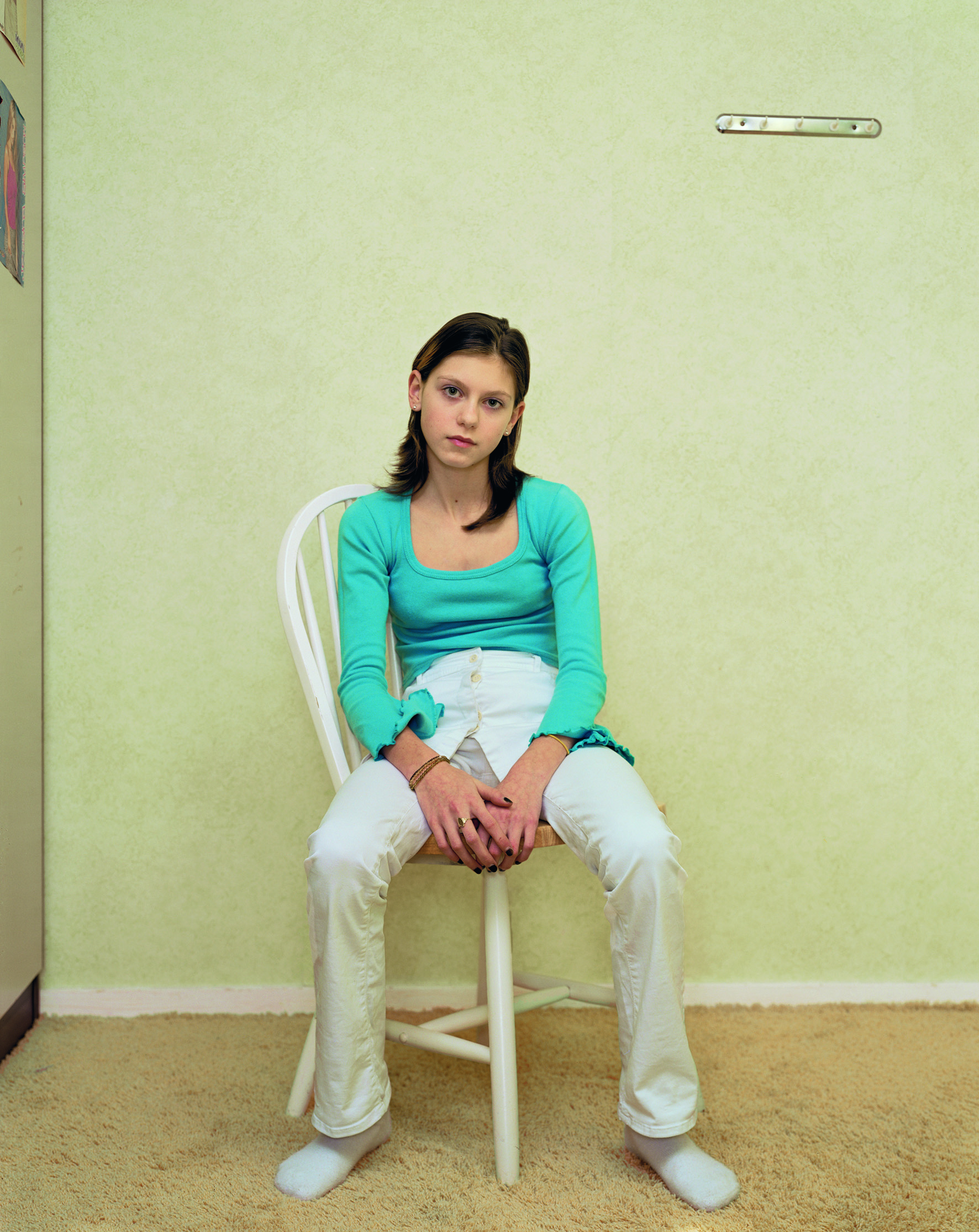
Rineke Dijkstra, Almerisa, Leidschendam, The Netherlands, December 9, 2000. Chromogenic print; framed: 50 1/4 x 42 1/2 in. Milwaukee Art Museum, purchase, Christine A. Symchych and James P. McNulty Acquisition Fund. Copyright Rineke Dijkstra.
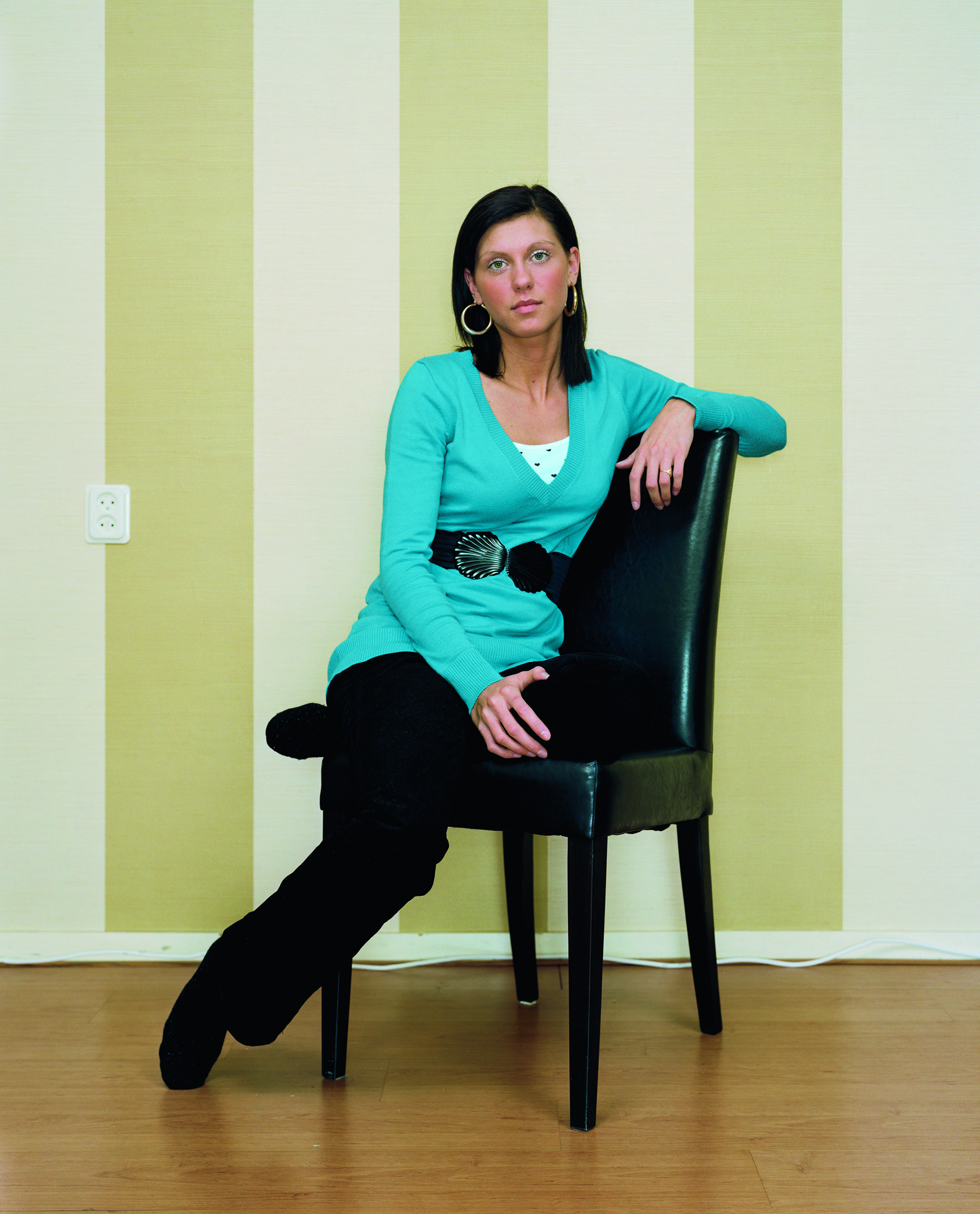
Rineke Dijkstra, Almerisa, Zoetermeer, The Netherlands, March 24, 2007. Chromogenicprint; 37× 29 1/2 in. (93.98 × 74.93 cm). Milwaukee Art Museum, purchase, Christine A. Symchych and James P. McNulty Acquisition Fund. Copyright Rineke Dijkstra.
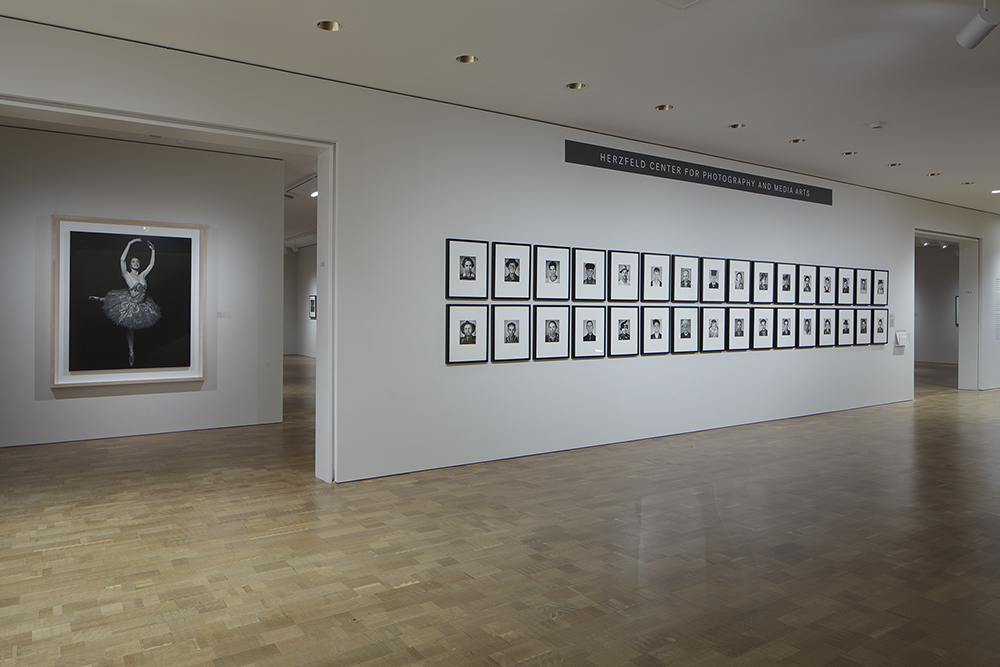
Accompanying the Rehearsals exhibition is The Lives of Other: Portraits from the Photography Collection. This presentation of works from the Museum’s photography collection explores the interest many photographers have had in understanding how people present themselves to the world. The exhibition is organized thematically and includes an important new acquisition, Rineke Dijkstra’s Almerisa (1994–ongoing), purchased through the Christine A. Symchych and James P. McNulty Acquisition Fund. The work is an 11-part series that follows the transition of a young Bosnian refugee as she adapts to life in the West and grows from a girl to a woman with her own child.
Both exhibitions are sponsored by the Herzfeld Foundation and on view through January 2, 2017.
Rineke Dijkstra: Rehearsals and The Lives of Other: Portraits from the Photography Collection
September 9, 2016–January 2, 2017
Herzfeld Center for Photography and Media Arts
Milwaukee Art Museum
Milwaukee, WI
FRAMING SPECIFICATIONS AND ADVICE
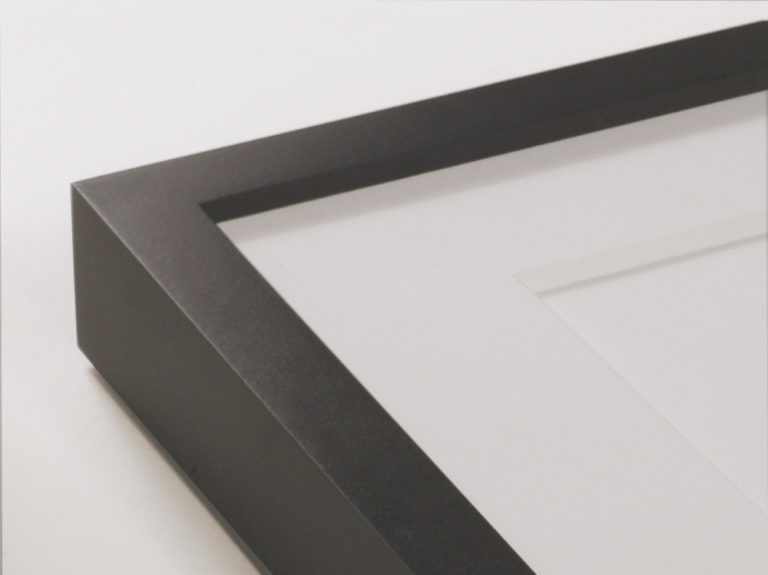
GALLERY FRAME
Standard Profile: 106
Type: Standard Gallery Frame
Wood & Finish: maple wood frame with 13 black opaque finish
Purchasing Option: joined frame with matching splines
Custom Wood Strainer: 3/4″ wood frame strainer
Framing Advice: fitting gallery frames
